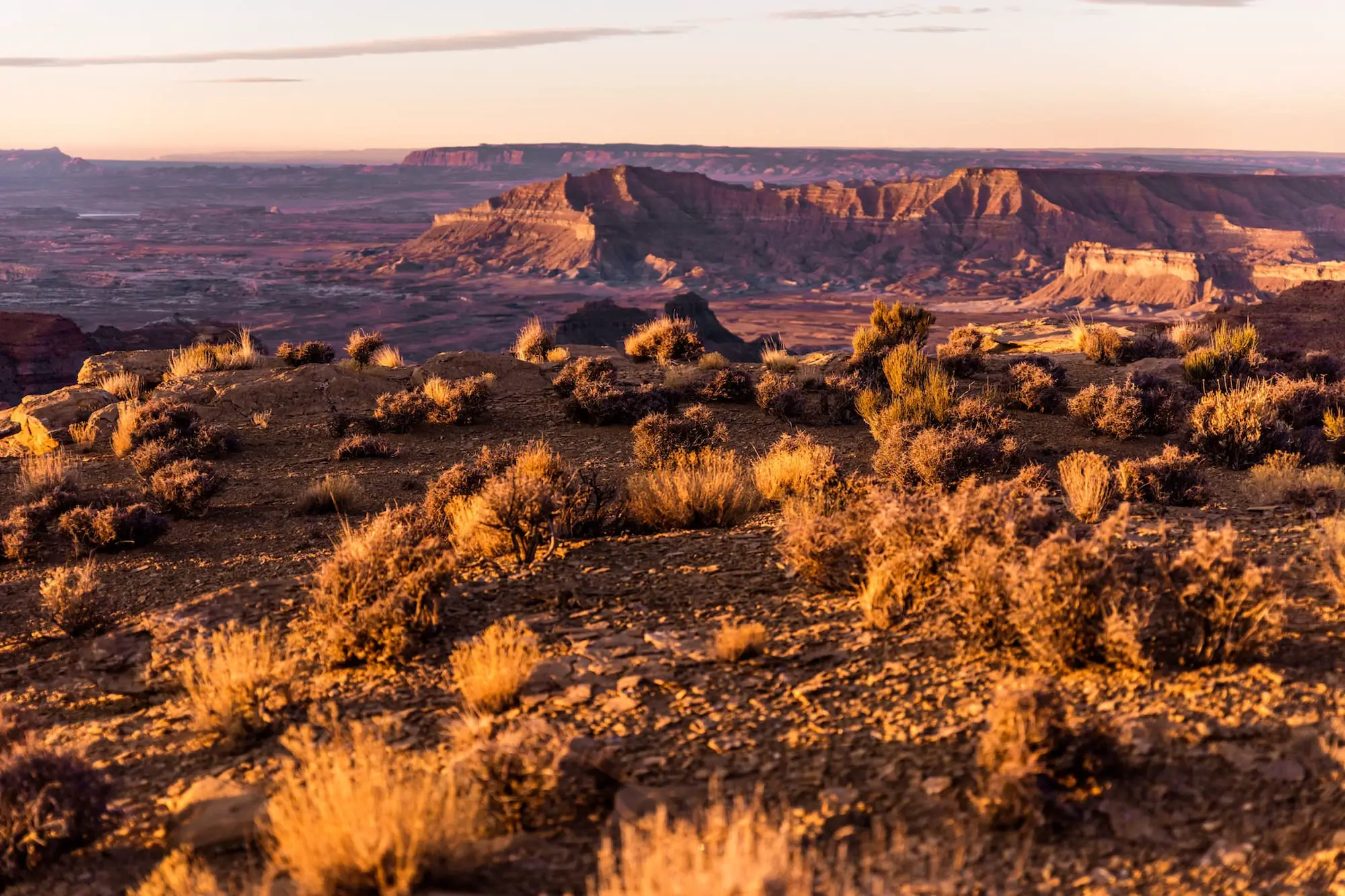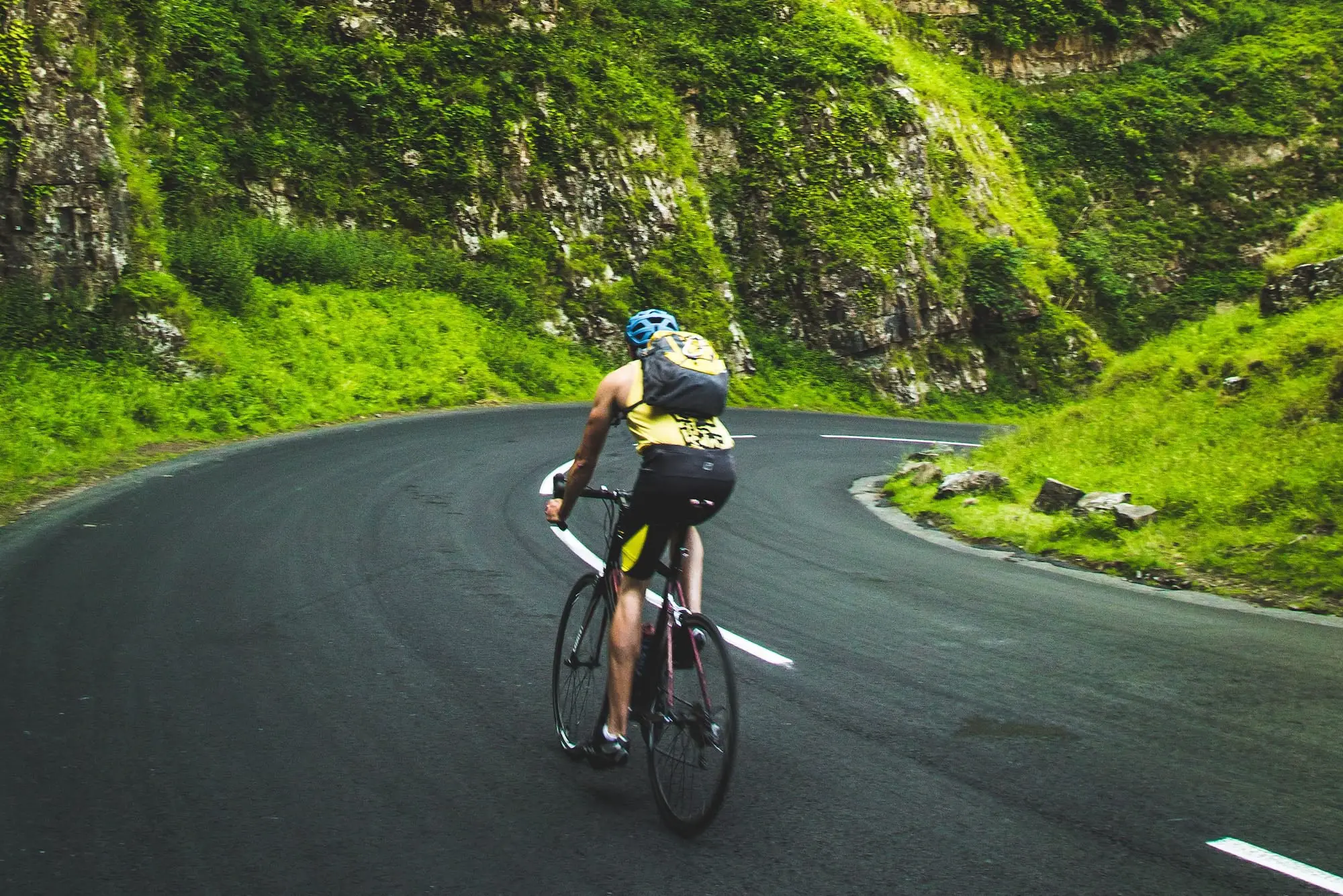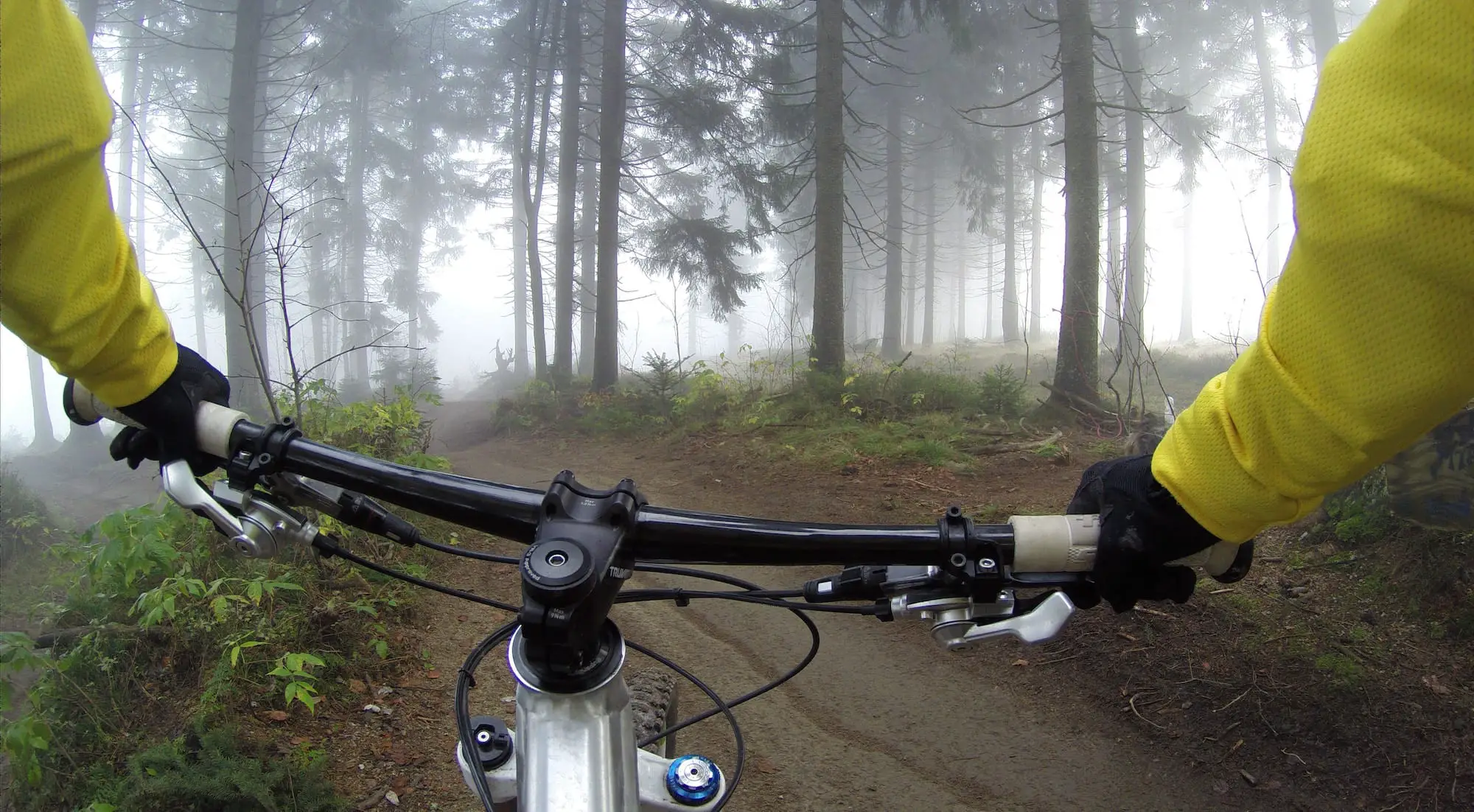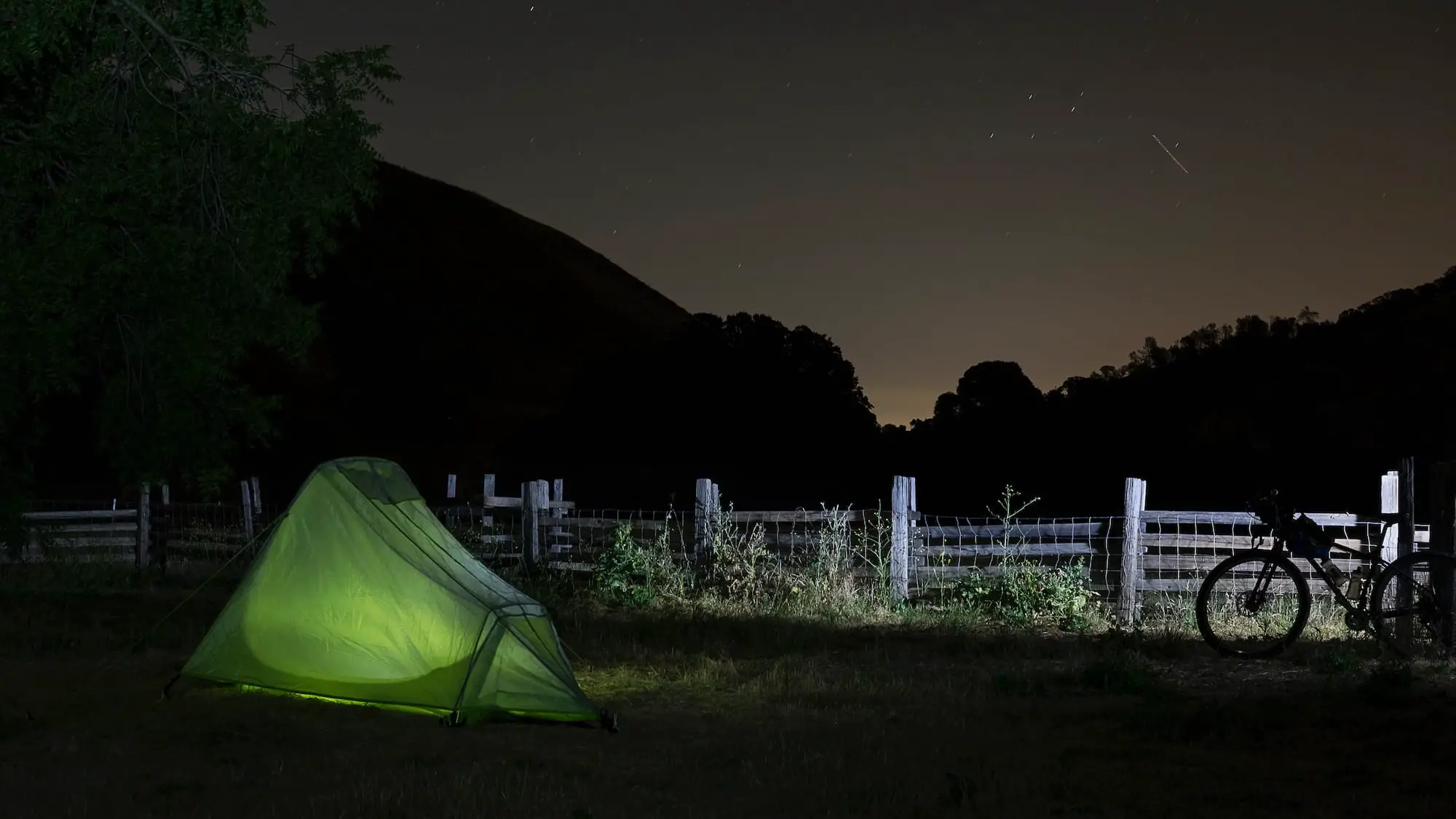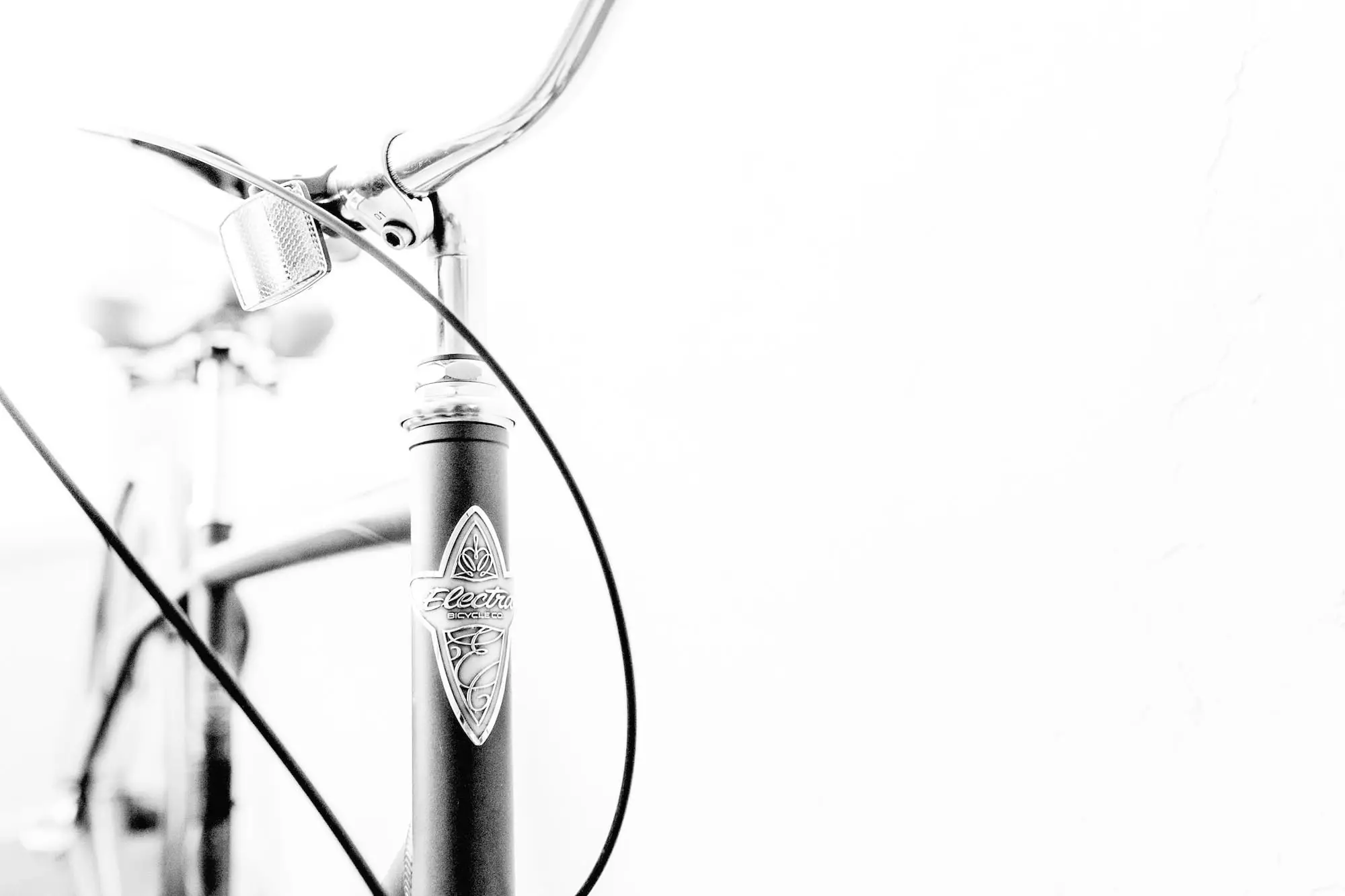Biking provides physical adrenaline rush to everyone — whether on normal roads, biking trails, mountain bike trails, or even at triathlons. Bike trails are available almost everywhere, but what other bikers are not aware of is the thrill desert bikepacking has to offer.
But before you get excited, keep in mind that desert bikepacking is not an easy task.. Deserts are so hot during the day and so cold at night time. Cacti, desert animals, rocks and the sand are also a concern. Are you still willing to take on the challenge? Below are some desert bikepacking tips to help you get started.
What You’ll Need for Desert Bikepacking
The Bike
Mountain bikes will be your ideal companion for your desert adventure. Make sure your bike is well equipped with panniers to carry bags and water bottles during your trip.
Racks/Bags
One should be able to move freely on the desert road as it requires a lot of endurance, balance, and agility. Add panniers or racks on your bikes but if you don’t want to install one, just bring a bag that has clips. Find a bag that can carry your things and test if it can be clipped on the frame, handlebars and seat post.
Looking for biking bags? We wrote this guide for you.
Sleeping Bag
Consider two things in buying sleeping bags/pad. First, check the temperature rating to make sure that the sleeping bag will be able to provide you enough warmth for the night. Second, consider the weight and size of the pad if it’s easy and light to carry along. In desert bikepacking, it’s better to travel as light as you can.
Clothing
Wear sunglasses, gloves, light gears and padded shorts when riding the sandy and rocky features of the desert. Your butt, eyes, and hands will thank you for wearing these — you’re welcome!
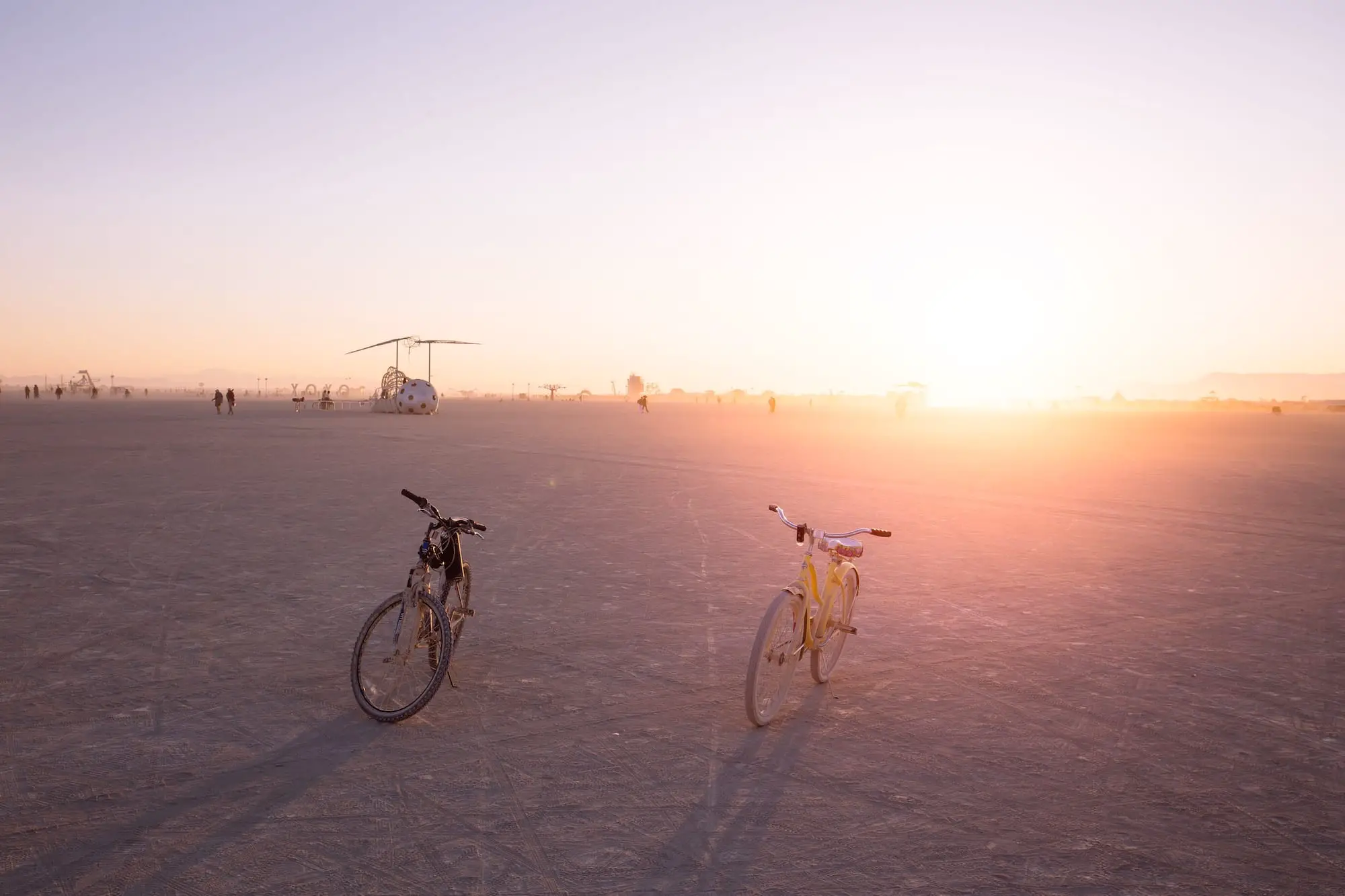
7 Desert Bikepacking Tips to Remember
-
Be hydrated at all times
As mentioned above, always keep your bottled waters with you. You wouldn’t want to get too stressed by biking and thirst. Carry at least 5-7 liters of water (170-240oz). Always look out for windmills and powered wells to get water once it ran out. Unless water is flowing strongly, we suggest to filter your water using a bandana or clean cloth to remove particles. Also remember to bring electrolyte-filled drinks with you as extreme heat and energy release is very dangerous. Water won’t be enough so always make sure to bring electrolytes to help you absorb H2O more efficiently.
-
Remove the tubes
Get ready to go tubeless! Cacti can hinder your desert adventure so going tubeless will save tires from getting punctured. Generously load some sealant on your tires. Add an extra ounce or two each relevant tire size and also carry 2-4oz spare. However, if you plan on going with tubes, make sure that you choose a tire that features a removable core. Choose tires with robust sidewall as rocks might be destructive for your tires. The heavier the tire, the firmer the sidewall is.
-
Leave the stove at home
Pack food that is convenient to bring and can fill your tummy well when desert bikepacking. The sandy areas of the country have a lot of restaurants and food stalls that offer a variety of cuisine. Southwest areas have Mexican restaurants — buy burritos from there and enjoy it while bikepacking.
-
Save yourself from Mr. Sun
Protect yourself from too much sun exposure. The desert appears to be very close to the sun, so wear synthetic long sleeved tops. Pair it with your sunglasses, sun cream and lots of water intake. You wouldn’t want to ruin your desert images with a burnt face or skin!
-
Learn how to fix your tires’ sidewall
Desert terrain provides an extremely amazing experience but it also imposes danger on your tires. Tubeless tires are perfect for desert bikepacking. However, it is more prone to sidewall failures than usual ones. As in any vehicle, knowledge of repairs is handy. Tire plugs will repair most cuts so use them to blot tire wounds. Use a heavy, curved needle (size 6/7) and dental floss or kite strings when fixing larger cuts without removing the tires.
In the event that the tire bead needs to be broken, meticulously clean the area and add a section of a sidewall cut out from an old tire/motorbike patch and use Shoe Goo to glue in the boot after sewing the cut. Let the glue dry overnight with an inflated tube in place to hold pressure. Remember to not break both sides of your tire bead as it will make it easier to re-inflate tubeless using trail pump, and remove thorns from the casing before fitting an inner tube.

-
Check the weather and forget the tent
Bringing tents can be bulky and heavy for the trip. It is highly advised to always travel light, whether at plane, land or sea travel. As bikepacking means carrying all things yourself, leaving the tent helps a lot. Make sure to check the weather forecast and note the date in planning your bikepacking route. The sleeping bag with the right temperature rating will save you from bringing a bulky tent. As a substitute, bring a lightweight and minimal tarp that can be easily stored in your bags or panniers.
-
Enhance your skills
The desert is like a boss battle in computer games so you must prepare — not just your bike and equipment but yourself, too. Enhance and develop your biking skills. Develop endurance, agility, focus, and speed before the trip. Also, maintain a patient and skillful mind to suppress any dangers and hindrances that might cross your way. Due to the fact deserts are so unpredictable, it advised to learn some first aid skills. Knowing how to start fires is also key. Bring a map and understand the local environment around your desert bikepacking route.
And lastly, don’t forget to have fun and enjoy desert bikepacking with friends. Always travel safe and smart! Happy biking!


